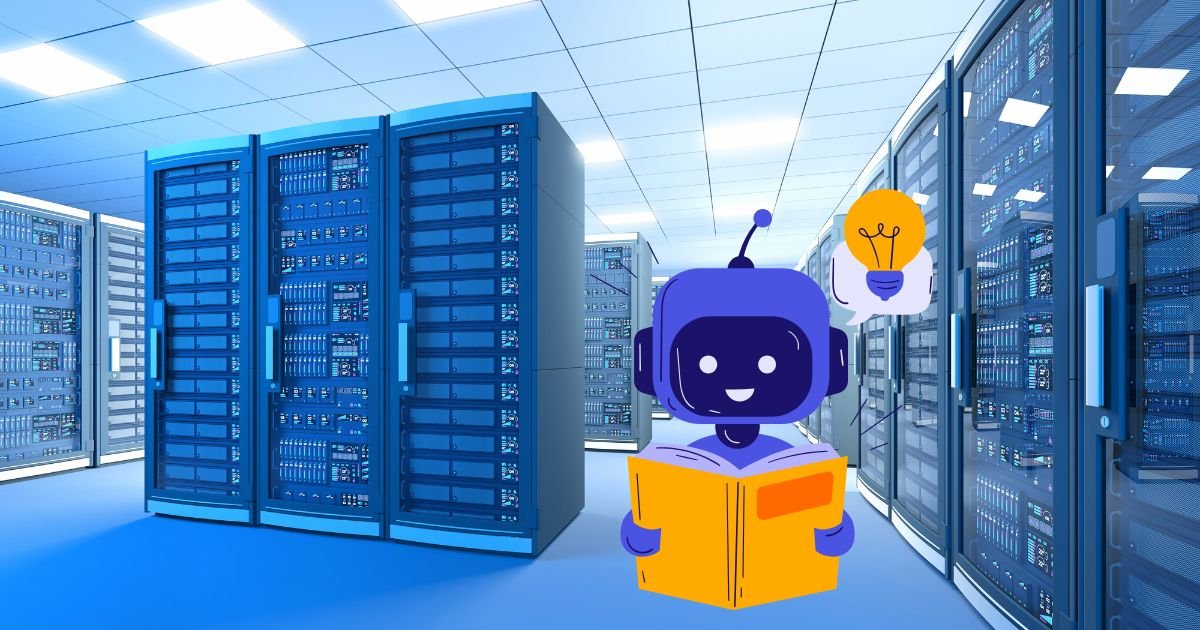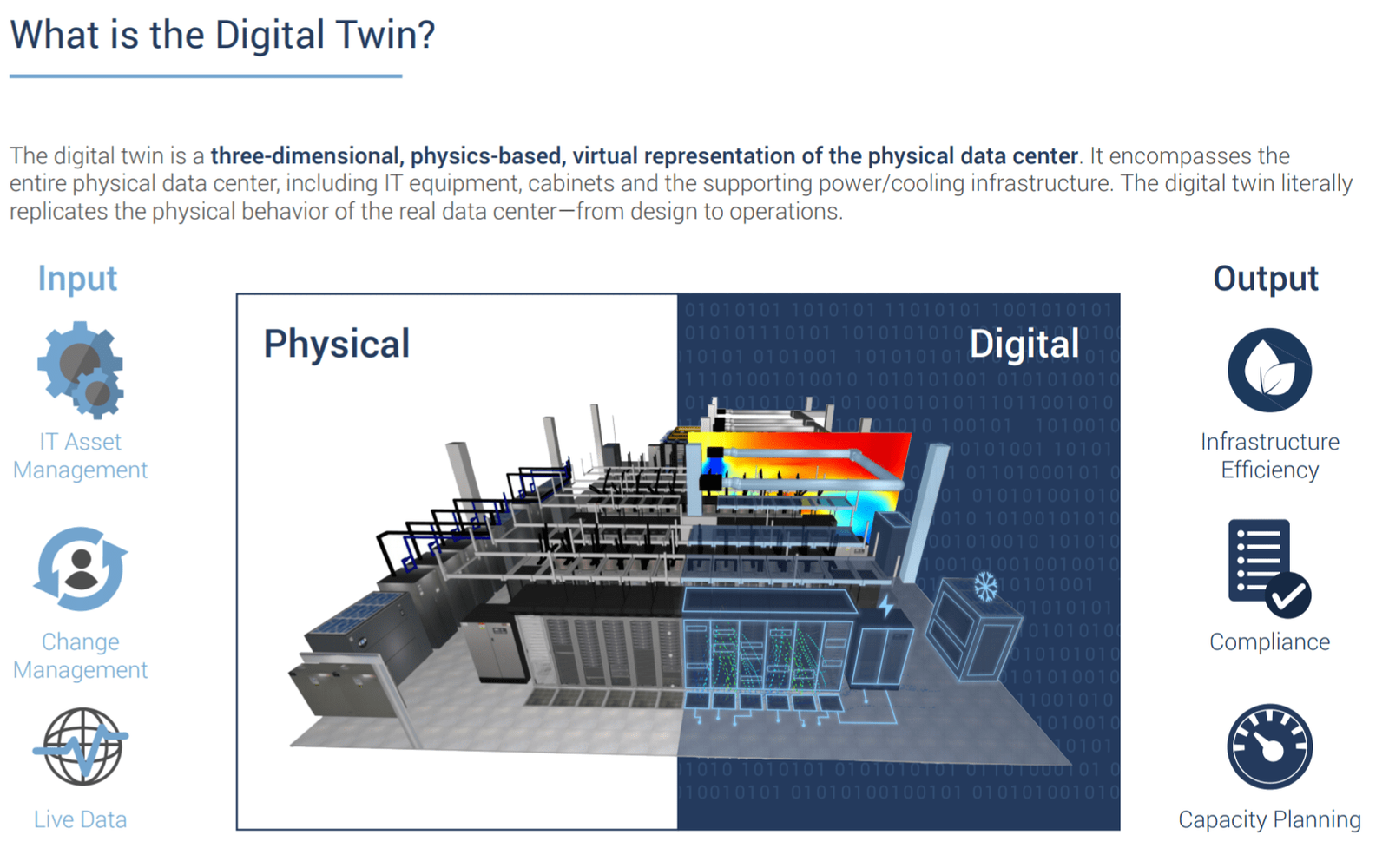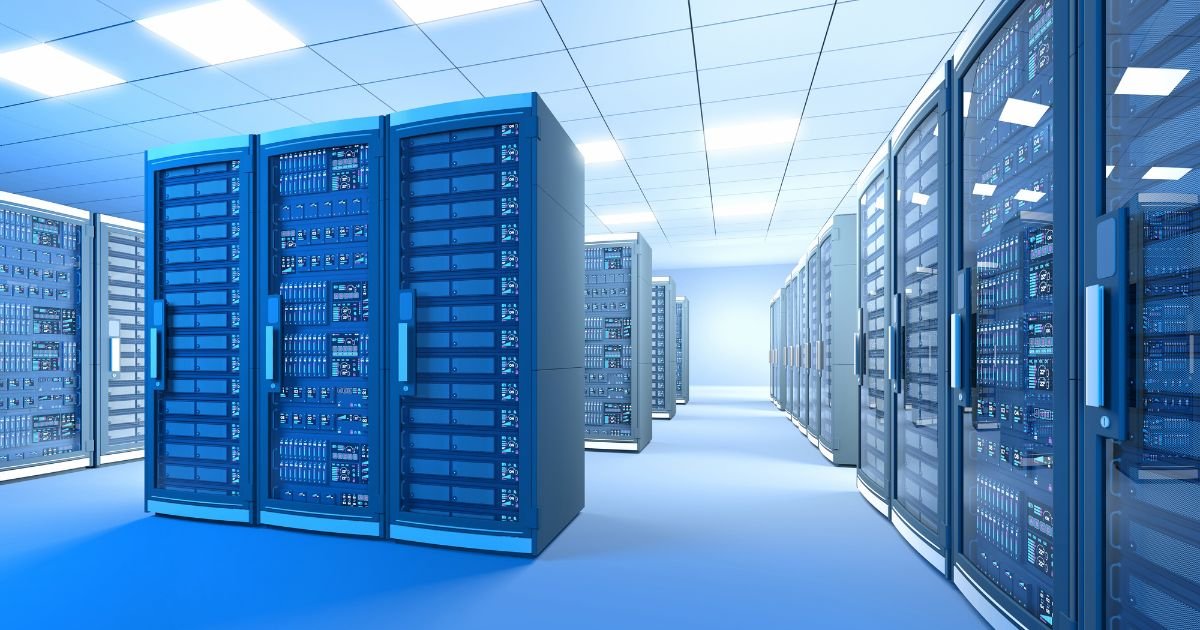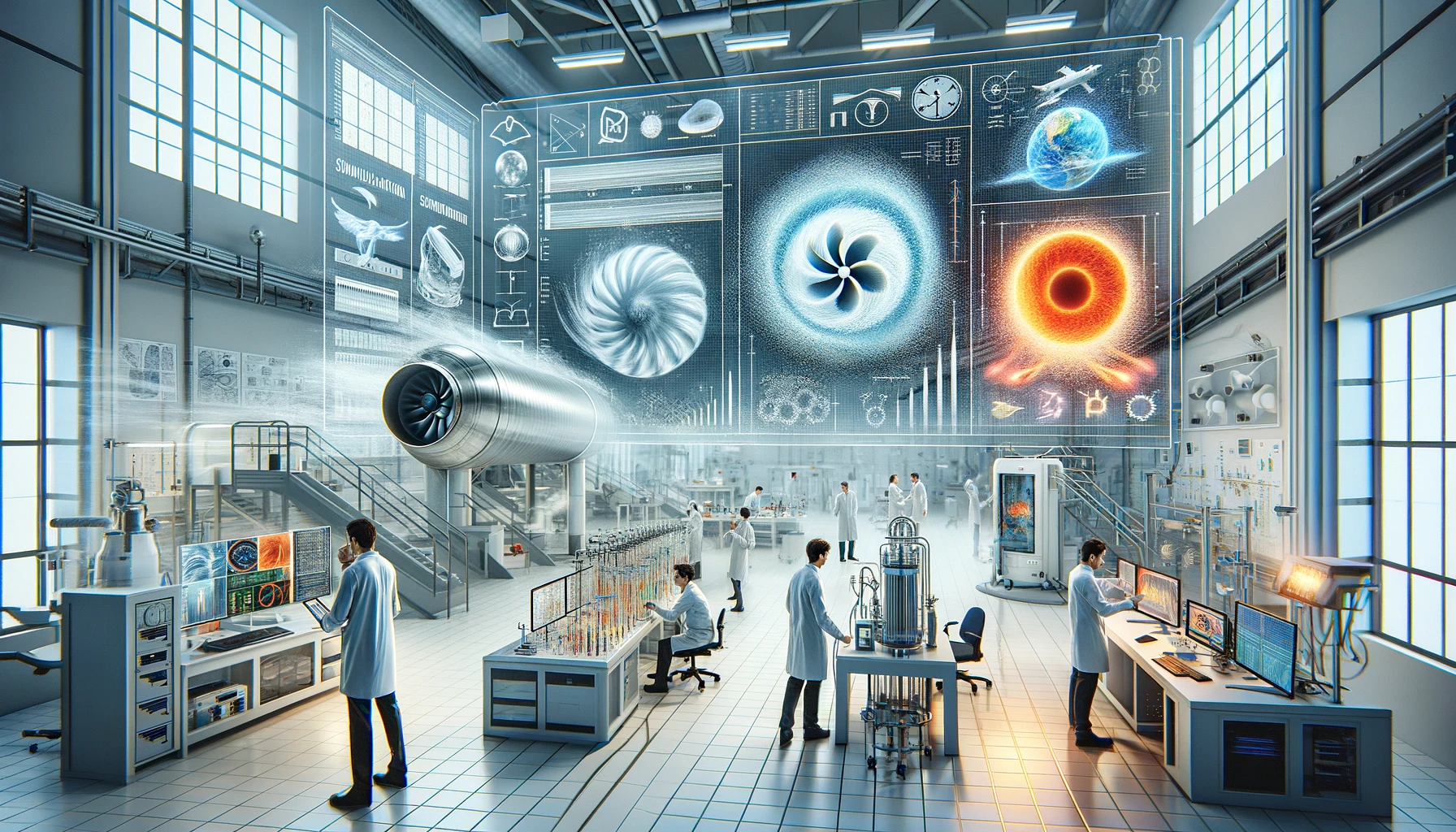
Table of Contents
Introduction
As the world’s data demand soars, driven by artificial intelligence (AI), machine learning (ML), and high-performance computing (HPC), data centers are facing an unprecedented challenge. More computing power means more heat, and the need for cooling solutions has never been greater. Traditional air-based cooling systems are increasingly struggling to keep up with the rising energy demands and heat generation.
Enter liquid cooling, a technology that promises to revolutionize data center efficiency, sustainability, and performance. Unlike conventional air cooling methods, liquid cooling offers high efficiency, lower environmental impact, and the ability to support higher computing densities. With liquid cooling technologies such as two-phase immersion cooling and direct-to-chip cooling, data centers can meet the ever-growing demands of next-generation computing while reducing their carbon footprint.
In this blog, we’ll explore why liquid cooling is a game-changer for modern data centers, its benefits, and the future trends in data center cooling.
The Growing Challenge: Data Center Cooling Needs
Data centers are essential for everything from cloud computing to the backbone of the Internet. However, they also consume a significant amount of energy, with cooling often accounting for up to 40% of a data center’s total energy use. The increase in high-performance computing, AI workloads, and next-gen chips is only amplifying this challenge. These technologies require ever-increasing processing power, which leads to greater heat output. The higher the heat load, the more energy is required to cool down the equipment.
Traditional cooling methods, such as air conditioning and air-cooling units, rely on moving large volumes of air to absorb heat. While this has worked for decades, it becomes less effective as data centers scale and rack densities rise. Not only are these solutions less energy-efficient, but they also consume large amounts of water, especially in air-cooled systems that use evaporative cooling. Moreover, these technologies require significant space and infrastructure.
Why Liquid Cooling Is the Future
Liquid cooling is becoming the solution of choice for addressing these challenges. Unlike air-cooling, which relies on blowing air over hot components, liquid cooling uses specialized fluids to absorb and transport heat away from equipment. These solutions can efficiently manage the intense heat generated by high-performance chips and hardware in a smaller footprint and with much lower energy consumption.
1. Energy Efficiency
Liquid cooling can reduce cooling energy consumption by up to 40% when compared to traditional air-based cooling solutions. By using liquids with higher thermal conductivity than air, liquid cooling systems can transport heat more efficiently, lowering the need for high fan speeds or large HVAC units. This efficiency is critical as data centers continue to scale.
Example: Two-phase immersion cooling, a cutting-edge liquid cooling technology, uses a dielectric fluid that evaporates when it absorbs heat and condenses when cooled, allowing for highly efficient heat transfer. This process results in significantly lower Power Usage Effectiveness (PUE) values, indicating minimal energy is used to cool the equipment relative to the amount used for processing.
2. Water Conservation
Another significant benefit of liquid cooling is its ability to nearly eliminate water use. Traditional cooling systems can consume large amounts of water through evaporative cooling methods. This is a growing concern in regions where water is scarce. Liquid cooling systems, especially two-phase immersion cooling, reduce the need for water by directly cooling the equipment using a fluid, making it more suitable for global deployments.
In fact, in some climates, liquid cooling technologies can entirely replace water-cooled systems, making them ideal for data centers in areas with limited water resources.
3. Space Efficiency
With the growing demand for computing power, data centers are becoming more congested with higher rack densities. Traditional air cooling systems require large aisles, significant space between racks, and expansive HVAC equipment. Liquid cooling, on the other hand, allows for a reduction in data center footprint by directly cooling the equipment in a more compact, efficient manner. This is especially advantageous as data centers look to optimize their physical space while supporting increased workloads.
4. Higher Performance and Density
With liquid cooling, higher computing capacities can be achieved in the same physical space, meaning that data centers can support higher rack densities without compromising performance. Air cooling often struggles with high-density deployments, where servers and chips generate too much heat for the air to dissipate efficiently. Liquid cooling solves this problem by providing a direct and efficient means of heat removal. This also allows for better performance per square foot of data center space.
As AI, HPC, and machine learning applications require increasingly powerful computing, liquid cooling will be essential to keep up with the demands of next-gen chips and high-performance processors.
Types of Liquid Cooling Technologies
There are various types of liquid cooling technologies that are currently used in modern data centers. Below are some of the most promising solutions:
1. Direct-to-Chip Liquid Cooling
In this setup, cool liquid is circulated directly to the CPU, GPU, or other high-performance components through cold plates that are mounted directly onto the hardware. The heated liquid is then carried away to a cooling unit where it is dissipated, often through a heat exchanger. This method is highly efficient and is typically used in high-density environments, like AI processing units or supercomputing.
2. Two-Phase Immersion Cooling
Two-phase immersion cooling involves submerging electronic components in a specially designed dielectric fluid that evaporates when it absorbs heat. The vapor then rises, condenses, and returns to the cooling unit, where it is cooled and recirculated. This system allows for higher thermal management and greater cooling efficiency, and it is ideal for applications that require dense configurations or high levels of heat.
3. Single-Phase Immersion Cooling
In single-phase immersion cooling, servers are submerged in a fluid that does not change phase. This method is simpler and less expensive than two-phase immersion cooling but is still highly effective at removing heat. It’s often used in smaller-scale deployments where extreme heat management is not as critical.
Benefits of Liquid Cooling for Data Centers
Beyond the direct cooling benefits, liquid cooling systems bring several advantages to data center operators:
1. Sustainability
- Liquid cooling minimizes the use of water, reducing the environmental footprint associated with traditional air-cooled systems.
- Energy efficiency helps reduce greenhouse gas emissions from the power grid, aligning with global sustainability goals.
2. Reduced Total Cost of Ownership
- As cooling energy costs are reduced and space efficiency increases, the total cost of operating a data center decreases, making it a more cost-effective option in the long term.
3. Support for AI and HPC
- With the rise of AI workloads, liquid cooling enables data centers to support the high-performance processing required by these systems. Liquid cooling technologies are highly efficient at managing the heat loads generated by complex AI algorithms and high-density processing.
4. Improved Reliability
- Cooling systems that provide stable thermal management reduce the risk of hardware failure, ensuring that mission-critical systems run more reliably. This is especially important in industries like finance, healthcare, and autonomous systems.
The Future of Data Center Cooling
As the demand for AI, HPC, and large-scale digital infrastructure continues to grow, liquid cooling technologies will play a crucial role in meeting these challenges. The key trends include:
1. Integration with Renewable Energy
- Liquid cooling can be integrated with renewable energy solutions to further reduce the carbon footprint. For example, waste heat from liquid-cooled data centers can be redirected for use in heating systems or industrial processes.
2. Hybrid Cooling Solutions
- Hybrid systems, combining both air and liquid cooling, will provide the best of both worlds—flexibility, scalability, and high efficiency. These systems will be adaptable to various workloads and climate conditions.
3. Advanced Materials and Fluids
- Research into new cooling fluids and materials will drive further improvements in efficiency. The development of fluorinated fluids and advanced dielectric materials will enable even better heat transfer and energy savings.
Conclusion
As the demand for data processing continues to accelerate, liquid cooling stands out as a key enabler for future-ready data centers. By reducing energy and water consumption, improving space efficiency, and supporting high-performance workloads, liquid cooling addresses the fundamental challenges of modern data center operations.
Incorporating liquid cooling solutions into a data center’s design is no longer just a performance choice—it’s a sustainability imperative. As more data centers adopt liquid cooling, the industry will continue to innovate, setting the stage for more sustainable, efficient, and high-performance infrastructure for the next generation of computing.
By adopting liquid cooling solutions, data centers can not only meet the rising demands of AI and HPC but also minimize their environmental impact, ensuring they are equipped for the challenges of tomorrow.








